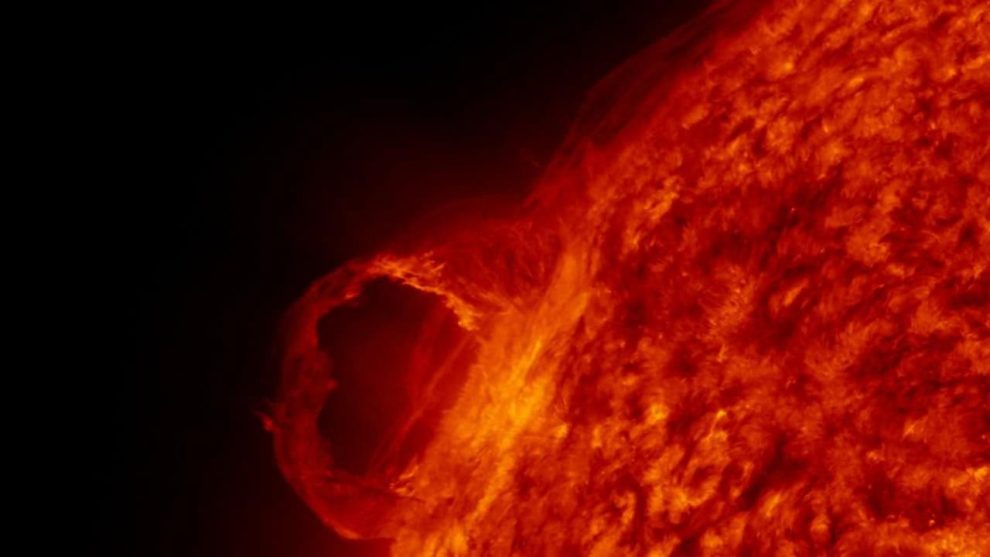NASA‘s new advanced model employing AI and deep machine learning is capable of swiftly forecasting the specific locations on Earth that could be affected by solar storms.
This groundbreaking technology has the potential to provide a 30-minute warning before the arrival of the powerful surge of energy, according to Weather.com.
NASA’s new AI model can issue warnings of solar storms 30 minutes before they strike Earth
In the modern era, there are few things as anxiety-inducing as an unexpected loss of internet connectivity. Whether it’s struggling to meet work deadlines or anxiously awaiting a response to a daring text, the sudden disruption can be quite daunting.
Adding to these concerns, the Sun has been exhibiting heightened activity. It releases volatile solar flares and coronal mass ejections that trigger geomagnetic storms on Earth. These storms have the potential to cause numerous blackouts.
Fortunately, NASA has once again stepped in to offer a solution. The newly developed model harnesses the power of AI and NASA satellite data to provide early warnings for turbulent space weather.
The model can forecast the precise locations on Earth that will be impacted by an upcoming solar storm. Remarkably, it offers a valuable 30-minute window of advance notice.
This crucial advance notice could give us sufficient time to prepare for these storms. Furthermore, we can take necessary precautions to mitigate the impact on power grids and other vital infrastructure.
“‘With this AI, it is now possible to make rapid and accurate global predictions and inform decisions in the event of a solar storm. Thereby minimising – or even preventing – devastation to modern society,” said lead author Vishal Upendran of the Inter-University Center for Astronomy and Astrophysics in India.
How NASA’s AI model will help with solar storm prediction
NASA has developed a cutting-edge model called DAGGER (Deep Learning Geomagnetic Perturbation). It efficiently utilizes AI to enhance solar storm prediction capabilities.
Using deep learning, a powerful AI technique that allows computers to identify patterns based on previous examples, the researchers analyzed solar wind measurements obtained from solar missions. These missions involved strategically positioned space probes with various sensors. They work together to study the Sun and its behaviors.
To evaluate its performance, DAGGER was tested on two geomagnetic storms in August 2011 and March 2015. In both cases, the system successfully and quickly forecasted the global impacts of the storms with remarkable accuracy.
